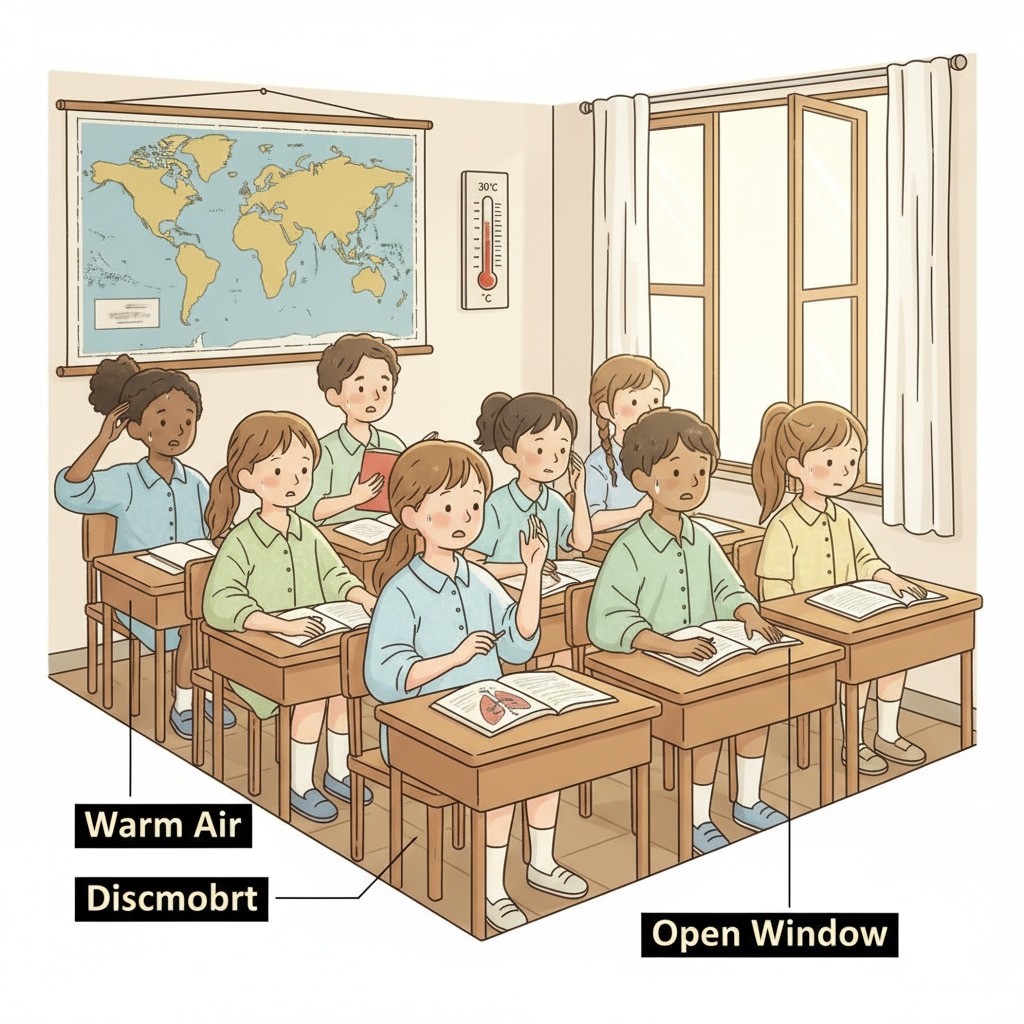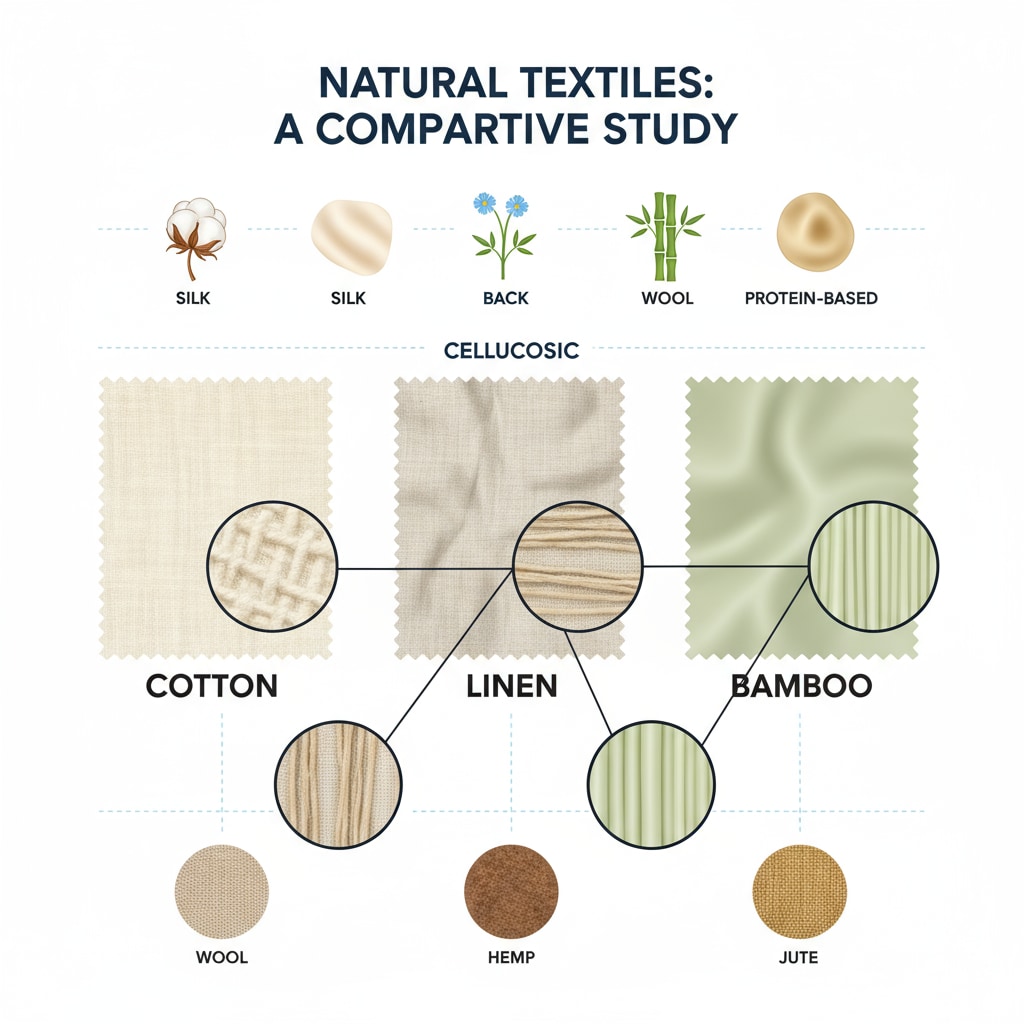In the face of high temperature classrooms, the combination of clothing and air conditioning (or the lack thereof) becomes a significant concern for students. As global temperatures continue to rise, many educational institutions, particularly those within the MPS system, are grappling with the issue of insufficient air – conditioning in classrooms. This situation calls for smart clothing choices to ensure comfort during study hours.

The Challenge of High Temperature Classrooms
High temperature classrooms pose a real challenge to students’ concentration and well – being. Without proper air conditioning, the heat can be overwhelming. According to EPA’s climate change indicators, rising global temperatures are making these situations more common. Students may find it difficult to focus on lessons when they are constantly sweating and feeling uncomfortable. This not only affects their learning but also their physical health in the long run. For example, prolonged exposure to high temperatures can lead to heat exhaustion or heatstroke.
Clothing Materials Matter
When choosing clothing for high temperature classrooms, the material is of utmost importance. Opt for natural fabrics such as cotton, linen, or bamboo. Cotton is highly breathable, allowing air to circulate around the body and absorb sweat. Linen is another great choice as it is lightweight and has excellent moisture – wicking properties. Bamboo fabric is not only eco – friendly but also very soft and breathable. Avoid synthetic materials like polyester, as they tend to trap heat and moisture, making you feel sticky and uncomfortable.

Style and Design Considerations
In addition to materials, the style and design of clothing can also impact comfort in high temperature classrooms. Loose – fitting clothes are a great option as they allow air to flow freely over the body. Flowy dresses or wide – leg pants can be ideal for girls, while boys can choose loose – fitting shorts or baggy shirts. Clothing with open necklines, such as V – necks or scoop necks, can also help keep you cool by allowing more air to reach the neck area. Moreover, light – colored clothing reflects sunlight rather than absorbing it, so it’s a better choice than dark colors in hot environments.
To sum up, in high temperature classrooms lacking air conditioning, making the right clothing choices is essential. By considering materials, style, and design, students can stay comfortable and focused during their studies. It’s all about finding the balance between adhering to school dress codes and maintaining personal comfort in the heat.
Readability guidance: This article uses short paragraphs to clearly present ideas. Each H2 section has relevant content and in – depth analysis. Passive voice is used sparingly, and transition words like “for example”, “in addition”, and “moreover” are added to enhance the flow of the article.


